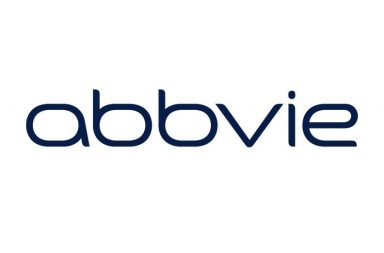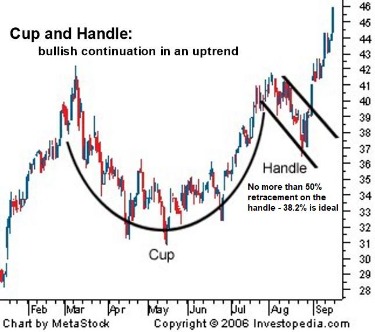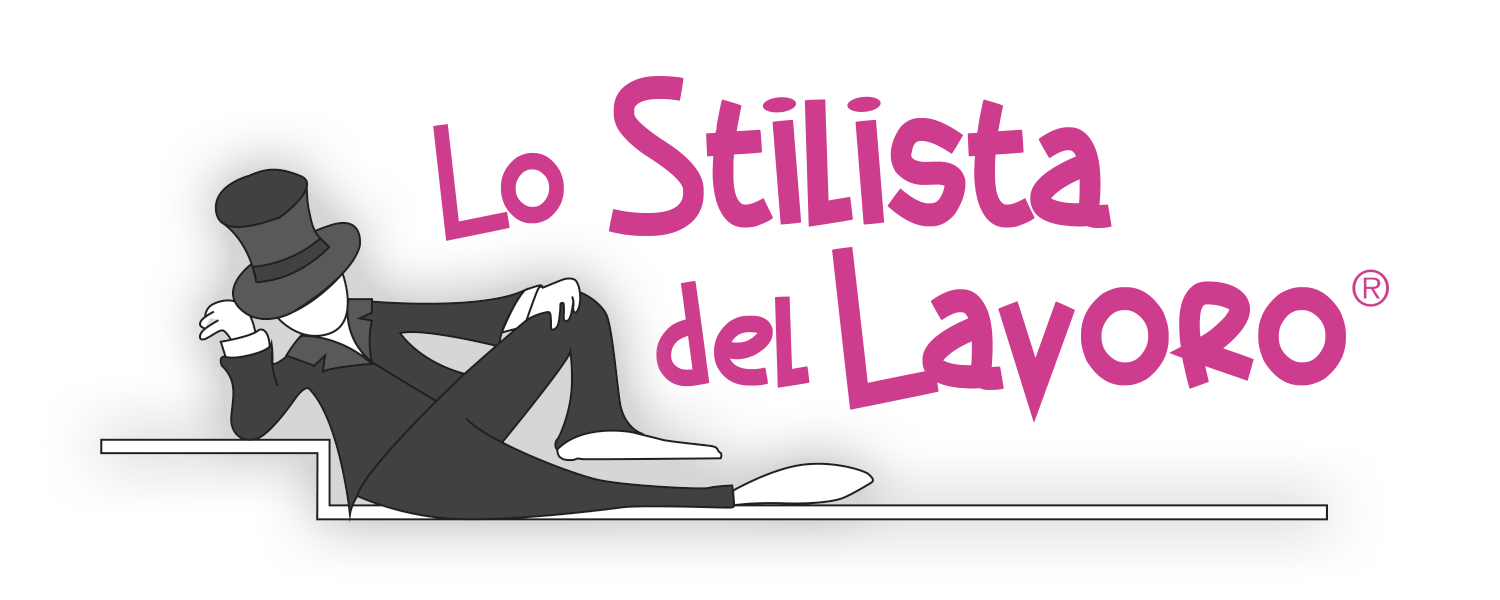
As the name suggests, the continuation pattern for a triangle continuation pattern will follow a triangular shape. The asset’s value on the graph will bounce between two converging trendlines, where the volatility is slowly dying off. Triangle continuation patterns look very similar to wedges, but https://g-markets.net/ like rectangles and flags, they differ in the size, or broadness, of their pattern. Again, this appears as a flagpole followed by two converging trendlines (the continuation pattern). However, a falling wedge differs from a rising wedge in that the converging trendlines are downward sloping.

A pennant’s price stays in a tighter range and narrows faster. When it breaks out past the initial high, that’s your continuation signal. The pattern means that although bulls try to seize power, they fail to push the price high enough, so the downtrend continues after the brief bullish correction.
Ascending Triangle
A continuation pattern is when a price action trend is broken by a consolidation period and then resumes again. During the consolidation period, the trained trader can spot common patterns on the chart. After a large bullish candlestick, there’s a gap up followed by a series of small bearish candles. The second or the third one of them dips into the body of the large bullish candlestick.
- For the positional and breakout trader, set a pending sell order below the support level.
- From beginners to experts, all traders need to know a wide range of technical terms.
- It may still act as a continuation pattern, but the increased volatility and increased movement in the opposite direction of the trend is a warning sign.
- Another difference used by technical analysts to differentiate between a pennant and a triangle is the appearance of a flagpole in the initial trend, which is not present in a triangle.
The slope of the lines can be either positive, negative or zero. Triangles and wedges are intermediate term continuation patterns whereas flags and pennants are short term patterns. With only trendlines, naked chart traders jump into the trend when price breaks out. Candlestick patterns form across 1-5 candles, unlike chart patterns that form across candlesticks. Continuation trend continuation patterns candles are typically characterised by the price stabilising after a sharp move in either direction, although some, such as gaps, indicate that the move is accelerating. This pattern is represented by two converging trendlines, support is upward sloping and resistance is downward sloping, visually forming a triangle, which conclude price fluctuations within.
What Are Continuation Patterns: Geometric Shapes to Trading Success
Price takes a break forming a support and resistance level from where price ping pongs before the bears resume the downtrend. Price shoots up to levels higher than the candles on the left, briefly consolidates printing higher lows and low highs, forming a triangle when connected with trendlines. Continuation chart patterns are at the heart of trading trends; they capture a price consolidation on its way to the trend’s direction. Price action consolidates within parallel support and resistance lines. Then, after the period of consolidation, the trend continues in its original direction. You get a spike in the morning, followed by all-day consolidation.
You should consider whether you understand how CFDs work, and whether you can afford to take the high risk of losing your money. Professional clients can lose more than they deposit. Traders can take the pattern as a signal to buy above the bullish second candle. They would place a stop loss beneath the first bearish candle to protect the long position from retracement. I trade patterns that come and go in a matter of days, but that doesn’t mean you can’t trade patterns that take longer to form. Remember that every trading plan must include entry and exit points, a stop loss, your trade thesis, a potential catalyst, and more.
For example, the price rises strongly, forms a small triangle pattern, breaks above the triangle pattern, and then continues to move higher. This article provides an introduction to continuation patterns, explaining what these patterns are and how to spot them. The difference with triangles though is that wedges have a noticeable slant against the prevailing trend.
Trade With the Right Knowledge
As outlined earlier, we divide continuation patterns into bullish and bearish formations. Bullish continuation candlestick patterns form when a rising price pauses, consolidates and then continues moving higher. Bearish continuation candlestick patterns form when a falling price pauses, consolidates and then continues moving lower. They often occur when buyers and sellers pause to reassess their trading positions, allowing the market to gather momentum for the next move in the direction of the trend. Continuation patterns are a great way for traders to locate powerful breakout trends before they happen, thereby maximising their chances of making large returns and minimising risk.
Breakout Stocks: How Hitachi, KPIT Tech and Linde India are looking on charts for Thursday’s trade – The Economic Times
Breakout Stocks: How Hitachi, KPIT Tech and Linde India are looking on charts for Thursday’s trade.
Posted: Wed, 23 Aug 2023 07:00:00 GMT [source]
All the information on this website – – is provided for informational and educational purposes only and should not be taken as investment advice. You may make a lot of money but, you risk losing your investment. Do not trade with money you are not comfortable to lose. A safe place to exit the trade is at the next likely support level or based on your RR. Exit the trade at the next likely resistance level or based on your RR.
Ascending triangle
I look for support and resistance, breakouts, and morning panics. So, the consolidation zones are formed within horizontal support and resistance levels. The rectangle can be spotted either in a bullish or a bearish trend.
- Analysing candlestick continuation patterns helps traders to identify when trends are likely to continue and when they are running out of steam.
- This is one of the most valuable features of Price Action — it can be the only source of signals and an integral part of a more complex trading system.
- Conversely, reversals that occur at market bottoms are known as accumulation patterns, where the trading instrument becomes more actively bought than sold.
- With the help of trendlines, they are easy to spot on any chart.
- The first two patterns show the measurement technique for coming up with an estimated profit target.
Consolidation appears in the form of sideways price movement. The pattern completes itself upon a strong breakout of the consolidation zone, resulting in the continuation of the preceding trend. Continuation patterns usually play out over the short to intermediate term. Therefore, after a sharp rally, a bullish pennant forms as prices take a breather before running off again in the same upward direction. You can see the strength in the uptrend slows down as the pattern forms but then prices breakout and resume stronger upward momentum.
The former shows buyers are hesitant to push prices higher aggressively. If you already have an XM account, please state your account ID so that our support team can provide you with the best service possible. No matter your experience level, download our free trading guides and develop your skills.
We divide continuation patterns in bullish and bearish continuation formations. The bullish continuation pattern occurs when the price action consolidates within a specific pattern after a strong uptrend. The continuation of a trend is secured once the price action breaks out of the consolidation phase in an explosive breakout in the same direction as the prevailing trend.
What are Triangle Chart Patterns? Types, How To Trade & More – Trade Brains
What are Triangle Chart Patterns? Types, How To Trade & More.
Posted: Wed, 16 Aug 2023 07:00:00 GMT [source]
The major drawback to trading continuation patterns and chart patterns, in general, is the risk of a false breakout. A false breakout occurs when the price moves outside of the pattern but then moves right back inside it or out the other side. The rectangle pattern is similar to a triangle formation as the price action occurs in between two trend lines. However, unlike the triangle, these two trend lines are not converging, but rather trend in parallel.
Three things to note about trend continuation chart patterns.
A pennant is usually preceded by a strong move in prices, almost in a straight line, to resemble a flag pole or mast. Join thousands of traders who choose a mobile-first broker for trading the markets. From beginners to experts, all traders need to know a wide range of technical terms.
